Blog Posts
Can we build vocab? Yes, we can!
A great way to build a child’s vocabulary (words they understand and use) and understanding of important concepts is to use category-specific language. Concepts refer to the representation of categories in our mind. For example, everyone has a concept of dogs in their mind; it has fur, four legs, and barks.
Sorting words into different categories can help a child explore how groups of things are related to one another. You can take this a step further by looking for the shared features among words in the same category to highlight the relationships between the words.
Categorising in language is useful because:
- It helps us to describe an item to others
- It highlight the connections between words allows us to see both similarities and differences
- It helps us to store and organise information in our minds
- It strengthens our knowledge of different concepts
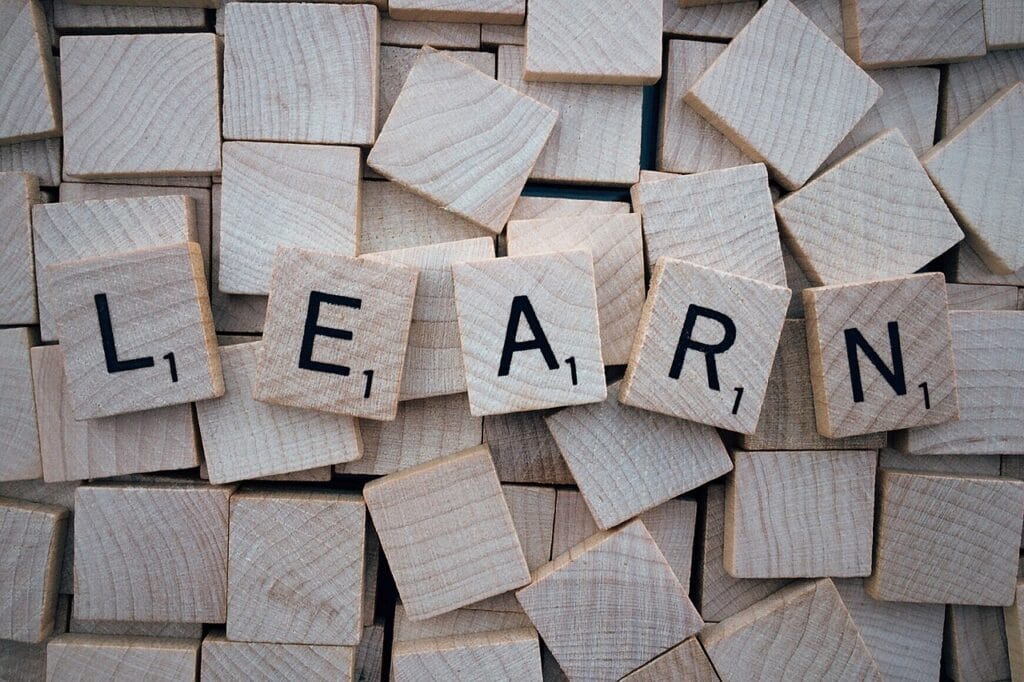
So how can we help a child develop the skill of categorisation?
- Sorting: There are many fun and hands-on activities you can do with a child involving sorting. One example is laying pictures on the ground and setting up two or three ‘mail boxes’ labelled with a different category (e.g. for transport, you can sort into land, sea and air transport). Then get the child to pick a picture and post it into the right mail box. You can also sort things by colour, shape, size, etc. Get creative!
- Identify features: Describe some of the features of the word. You can talk about the size, shape, location, use, or parts. How would you describe it to others?
- Identify similarities and differences: Look for some of the similar features of things in the same category (e.g. animals, transport, food). What makes something belong in that category? Then identify different features. What makes each word unique?
The most important thing is to be creative and make it fun!
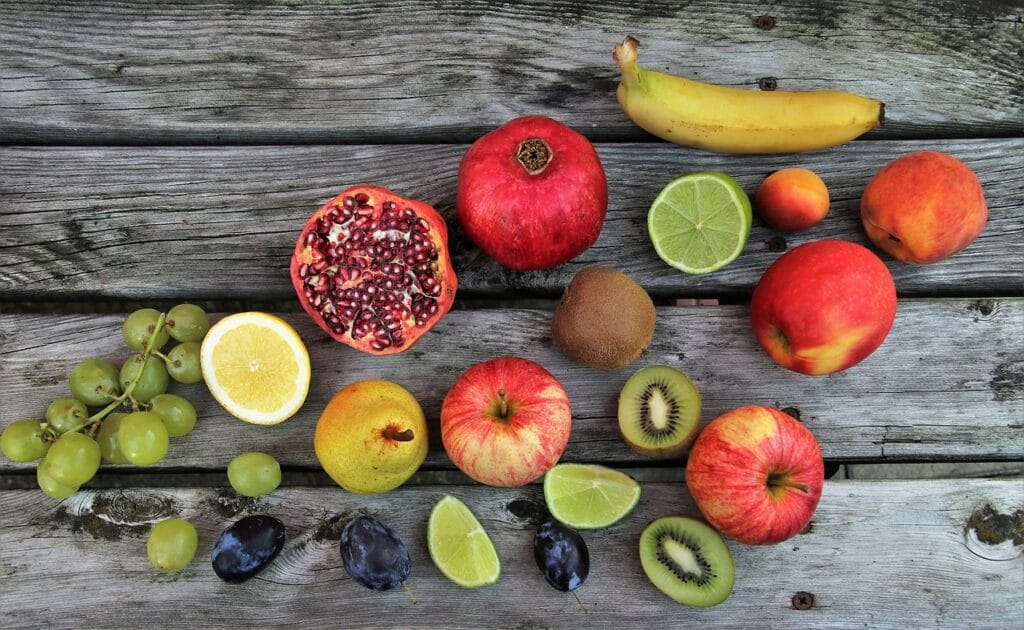
Communication Milestones: 5-6 years
By 5 – 6 years of age, children understand A LOT of words. They are able to communicate clearly and be easily understood by others. Have a read below of more things they can do!
Speech: the production of sounds to form words.
- Their speech is clear and fluent,
- They may still have difficulty with pronouncing ‘th’, ‘r’ and ‘l’ sounds.
- They can clearly pronounce words with two or more consonant sounds at the beginning of the word e.g. stop, square,small, train, straw
Receptive language: the ability to understand words, which are spoken and written as well as instructions.
They can:
- Understand up to 20,000 -24,000 words!
- Follow 2-3 step instruction in a row e.g. Put your lunchbox in your bag after you’ve tied up your shoes.
- Understand what he/she reads and answer who, what, where and why questions
- Understand word for order e.g. first, next, last
- Understand words for time e.g. yesterday, today, Understand comparative adjectives e.g. big, bigger, biggest.
Expressive language: the ability to express themselves using words, gesture and writing.
They can:
- Express their needs and wants choosing from among 2600 words they can typically say!
- Construct long and detailed sentences e.g. “We went to the zoo but we had to come home early because Sally wasn’t feeling well”.
- Use joining words (conjunctions) in sentences: and, but, because, when, so, if
- Ask who, what, where, why and isquestions e.g. “What is this? Is she crying?”
- Use pronouns in conversation: I, me, you, he, she, him, her, we, us, they, them
- Stay on topic and take turns in conversation.
- Put sounds together to make words e.g. s-t-o-p
- Begin each written sentence with capital letters.
- End sentences with full stops or question marks (if asking a question).

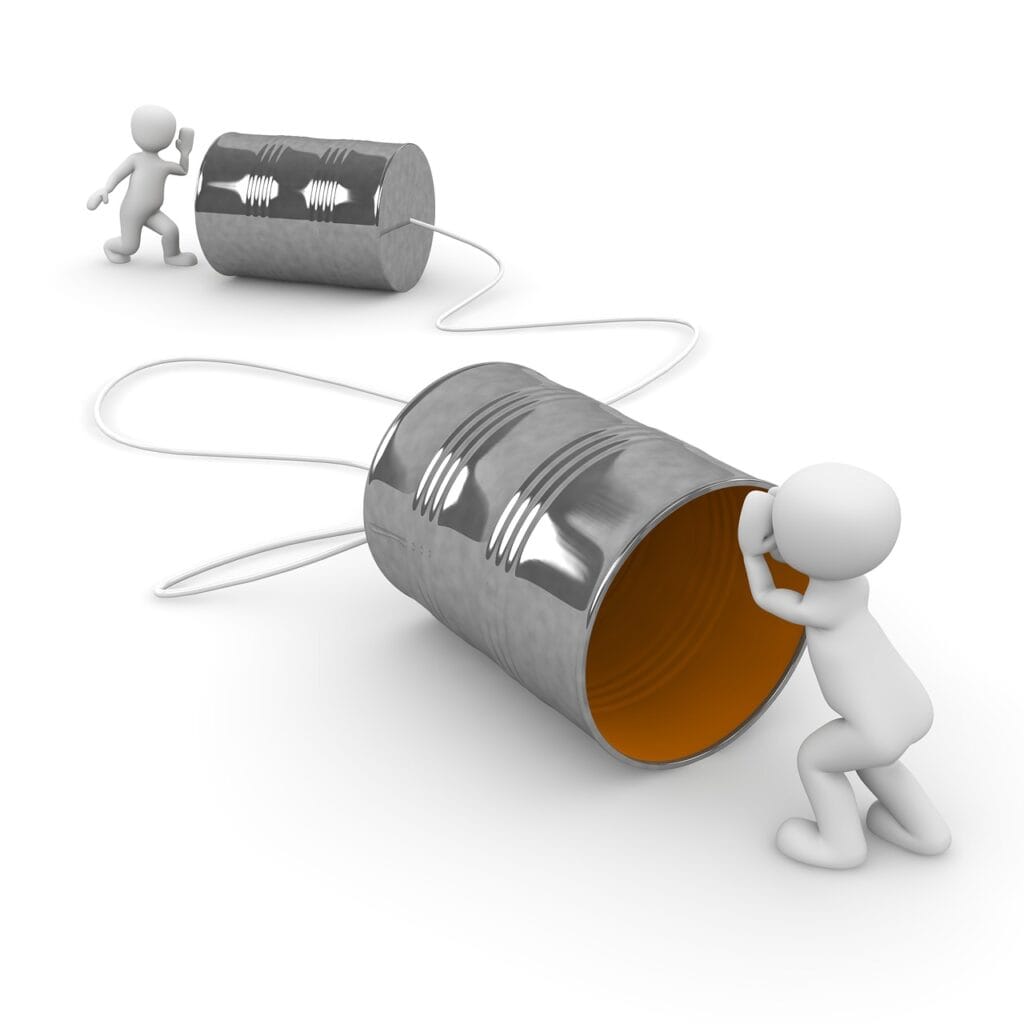
Communication Milestones: 7-8 years
By 7 – 8 years of age, children have reached their early school years. They are able to have more complex conversations and should be easily understood by strangers almost all of the time. Have a read below on what to expect as your child grows:
Speech:
The production of sounds to form words.
- Their speech is clear and fluent.
- By 8 years old, the /th/ (e.g. the & thumb), /z/, /zh/ (e.g. beige)**, /v/, and /s/ sounds are mastered.
- ** The/zh/ sound is the sound you hear in the word “measure” or “decision”.
Receptive Language: The ability to understand spoken and written words, as well as instructions.
They can:
- Understand over 25,000 words.
- Understand and follow lengthy instructions (e.g. “Before you go to the park, make sure you finish your homework and pack your water bottle in your bag”).
- Understand other people’s points of view.
Expressive Language: The ability to express themselves using words, gesture and writing.
They can:
- Spell words correctly and read fluently, with minimal support.
- Put words together to produce simple sentences and gradually produce complex sentences with 8 or more words in each sentence.
- Use coordinating conjunctions to join two or more ideas together (e.g. “I am very happy today because my mum bought me a new pair of shoes”).
- Use a range of specific words when talking about different topics and use very little non-specific words (e.g. ‘thing’ & ‘you know’).
- Use language with few or no grammatical errors (e.g. use correct tense i.e. ‘ed’ and ‘ing’ endings for ‘walk-ed’ and ‘walk-ing’).
- Retell a story in spoken and written form (e.g. talk about past events, stories they’ve read and movies they’ve watched.
- Explain reasons and complex ideas to others.
- Play on words and use verbal humour (e.g. make jokes).
- Begin each written sentence with capital letters.
- End sentences with full stops or question marks (if asking a question).

Food for thought…
Going out for a meal with the family at a restaurant or café is an excellent opportunity to develop speaking and listening skills. Here are a few ways you can do this:
Conversation with the staff:
- Model and encourage your child to greet the staff at the venue.
- Engage in conversation with the wait staff and model turn taking and asking questions
Looking at the menu:
- Look at the menu together with your child
- Read the items on the menu out loud, if they can’t read yet
- Talk about the meal you are all going to order:
- The name of the meal
- What it might look like?
- How you think it might taste?
- What colour/s you might see on the plate?
- Look at the writing on the menu and point out the letters and numbers (younger children)
- Practice ordering the meal with your child
Ordering:
- Model the task of ordering a meal
- Encourage your child to order their meal for themselves as this prepares them for a lifelong skills
- Support your child to order their meal when the waiter comes, step in or step back as needed.
- Praise your child for their efforts.
Meal-time:
Now that the food has arrived, you can talk about:
- Whether it looks or tastes as you expected
- Rate the meal on a scale of 1-10 (encourages your child to give an opinion)
- Ask your child to explain why they gave it that rating.
Most importantly, enjoy!
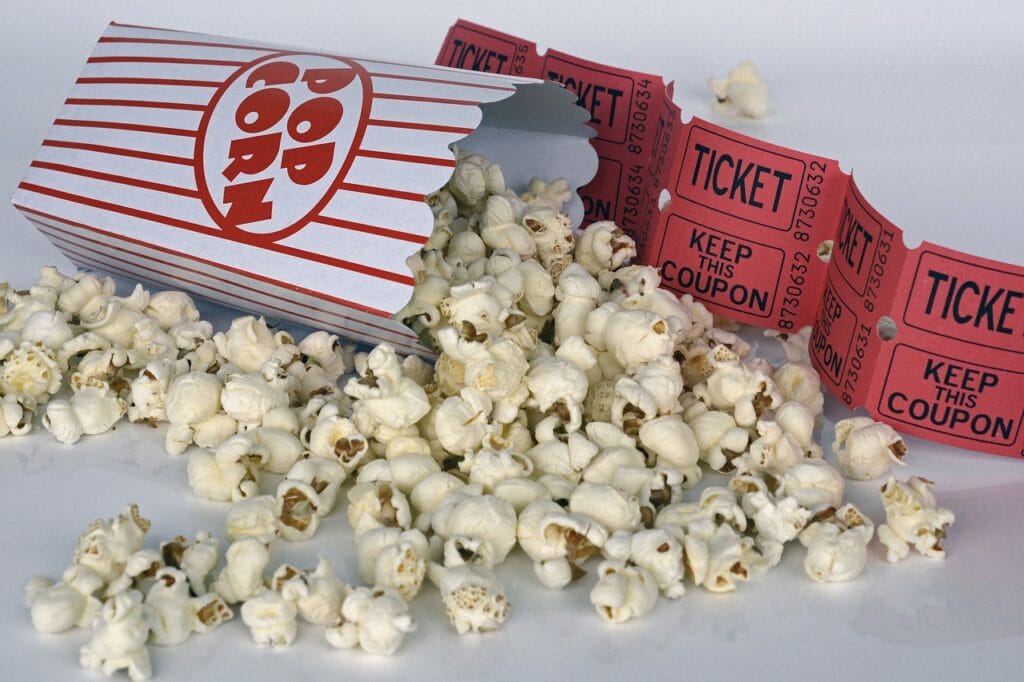
The language behind books + movies:
When you read books and watch movies with your child, having conversations about the stories during and afterwards provides a great opportunity to build on your child’s language comprehension (understanding language) and verbal expression (using language).
Below are some practical ideas you can implement at home.
You can pause the story a few times as you watch/read to have a discussion:
– Predict the future. Ask your child:
- “What do you think might happen next?”
- “What would you do if you were the character in the story?”
– Talk about the characters. Ask your child:
- “How would you feel if you were the character in the story?”
- “Have you ever felt like that before?”
At the end of the story, have a discussion and ask questions about:
– Who was in the story?
– What happened in the story?
– Where the story took place?
– When the story took place?
You can also use this opportunity to practise sequencing with your child:
– Talk about what happened in the beginning, middle and end, using sequencing words like “first, and then, after, finally”.
Finally, relate the story to personal experiences:
– Talk about places, activities; or events that your family has experienced that are similar to those in the story.
[Ph]un Phonological + Phonemic Awareness Activities
Phonological awareness refers to an individual’s awareness and knowledge of sounds and how they “work” to form words.
These skills include identifying/naming sounds in words, breaking words into sounds, blending sounds to make words, deleting sounds, and manipulating sounds in words.
Activities to help develop phonological and phonemic awareness skills:
- To understand and use rhyme:
- Looking at books with rhyme and asking your child to name more rhyming words. Dr Seuss books are great for rhyming e.g. ‘Green eggs and ham’and ‘There’s a wocket in my pocket!’
- It is important to stress the rhyming words in the books and say, “what’s another word that rhymes or sounds the same as ‘ham’”?
- Playing rhyme memory matching games and singing nursery rhyme
- Saying a word e.g. “hop” and asking your child to name more rhyming words. This is a very simple game that can be played in the car. You can also ask your child to tell you if two words rhyme e.g. “do cap and fish rhyme?”
- To practice sound identification:
- Using a set of picture cards, ask you child to tell you the first, middle and last sound they hear in the word. For example, if your child is really interested in animals, get a set of animal picture cards and say the name of each animal. Then ask, “what sound do you hear at the start of ‘pig’?
- To practice blending sounds:
- Using the same cards from above, ask your child to “join the sounds ‘f-i-sh’. What word do these sounds make?”
- To practice segmenting sounds in words:
- Show your child the picture and say the name of the animal or object e.g. “bat” “tell me all of the sounds you hear in the word ‘bat’ -> ‘b-a-t’.
- To practice deleting sounds in words:
- Show your child the picture, say the word and ask your child to say it “Say ‘bunny’. Now say it without the /b/. Child says ‘unny’.
- To practice adding sounds to words:
- Show your child the picture, say the word and ask your child to say it “Say ‘pace’. Now say it with /s/ at the start’. Child says ‘space’.
- To practice manipulation of sounds in words:
- Show your child the picture, say the word and ask your child to say it “Say ‘dog’. Now take out the ‘d’ and add ‘l’ at the start. Child says ‘log’”.
All of these activities will help your child’s reading and spelling!
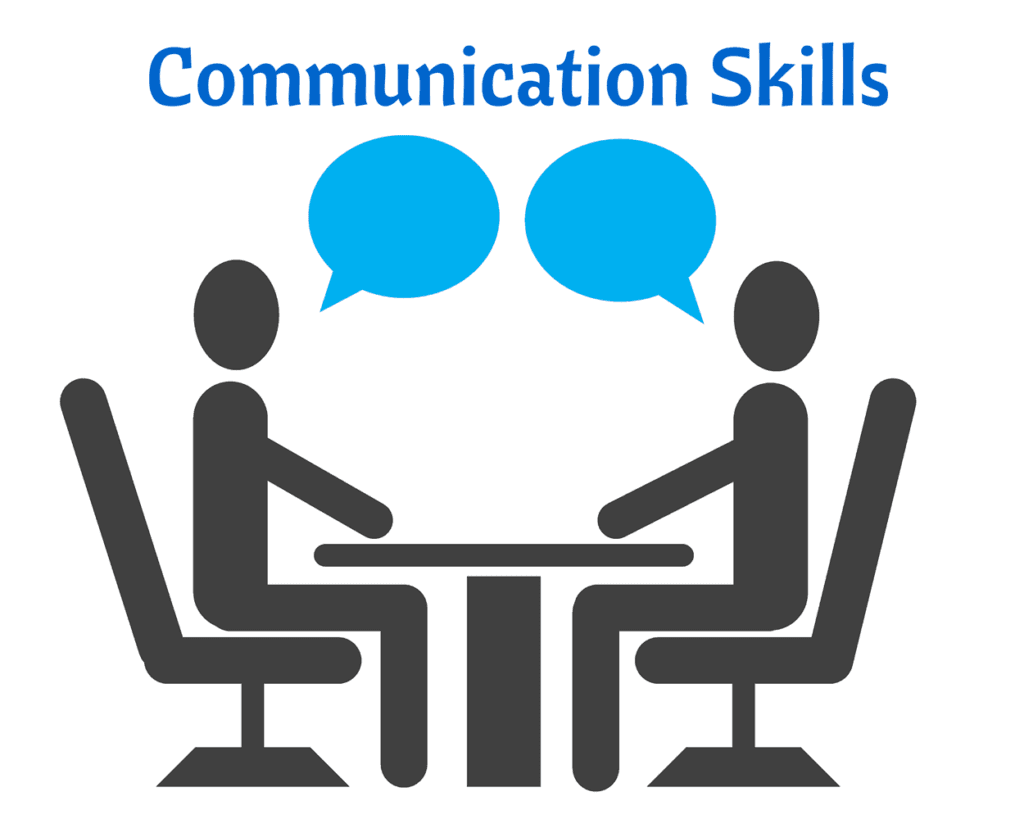
Modelling great communication skills
- Children learn everyday skills from the models we provide them as adults. Communication is one of these skills that can be taught from a very young age.
- Effective communicators are those who listen attentively, make eye contact with their communication partner, show a genuine interest in what the speaker is saying, ask questions, make comments, and share their own experiences and knowledge.
Adults can model good listening skills by:
- Making time to listen without distractions e.g. mobile phones and work. A great time might be just before bed or when sharing a meal.
- Showing genuine interest in what they are saying and how they feel.
- Summarising what they say to show you have listened and understood their message.
- Observing your child’s non-verbal behaviour e.g. facial expression (fear, excitement, concern, happiness)
- Encouraging them to continue talking before you step in to respond. This will boost their confidence in sharing ideas and feelings.
Adults can model good talking skillsby:
- Using tone and emotion in your voice.
- Using ‘I’ messages e.g. “I agree with what you said about XYZ” or “I feel that XYZ”.
- Making comments and asking questions about the subject being discussed e.g. “What was your favourite part of the movie?” or “How did you feel when this happened?”
- Staying on topic and introducing new topics to the conversation as appropriate.
Cooking + Communication
Cooking with your child is a great way to encourage them to help you with daily chores but also a positive and engaging way to build their language skills.
Cooking can be as simple as making eggs on toast for breakfast or baking a cake. It is important to be actively involved in this activity and supervising your child near cooking/heating appliances.
Following recipes promotes these skills:
- Reading the recipe and talking it through with your child
- Understanding the steps involved
- Writing the ingredient list
- Measuring ingredients and using accurate vocabulary whilst measuring them e.g. quantity (one cup, two teaspoons)
- Sharing tasks e.g. you break the eggs and your child whisks them
- Sequencing (order of steps)
- Giving simple to complex verbal instructions e.g. crack the egg; or crack the egg and beat it.
- Vocabulary:
- Naming words e.g. plate, whisk, spatula, scale
- Action words e.g. stir, beat, mix, crack, chop, sprinkle
- Describing words e.g. soft, hard, stretchy
Whilst following the recipe you can talk about the ingredients you are using to describe its:
– Shape (oval, round)
– Colour (red, brown, clear)
– Texture (soft, hard, grainy, smooth, silky, bumpy)
– Size (large, small, tiny)
Once you have finished cooking, a perfect way to recap the language and steps involved is to sit with your child to enjoy the meal.
You can have them list the ingredients and materials they used and recount the steps involved.

Understanding language + following instructions: part 1
- It is important that children can follow spoken directions, as they are a part of our everyday life. We depend on our ability to listen to instructions, process the parts of the instruction and complete the task required.
- This skill is vital for everyday life, success at school and in the community.
- To be able to follow instructions correctly, we need children to also have a strong understanding of concepts.
Concepts include:
- Colour and patterns (red, blue, stripes, spots)
- Shapes (round, square, oval)
- Size (small, big, little, huge)
- Spatial/location words (under, front, next to, behind)
- Time (late, early, afternoon)
- Sequences/order of events (first, next, last)
- Characteristics (old, new, shiny)
- Quantities (few, lots, many)
- Texture (rough, smooth, bumpy)
To give instructions to your child, you may need to start with basic, one-step directions using only one of the above features e.g. “Point to the pencil”.
As your child progresses and they can manage more complex directions, you can give instructions like these:
- Point to the red pencil (add colour concept)
- Point to the sharp pencil (add characteristic concept)
- Point to the pencil that is next to the paper (add location concept)
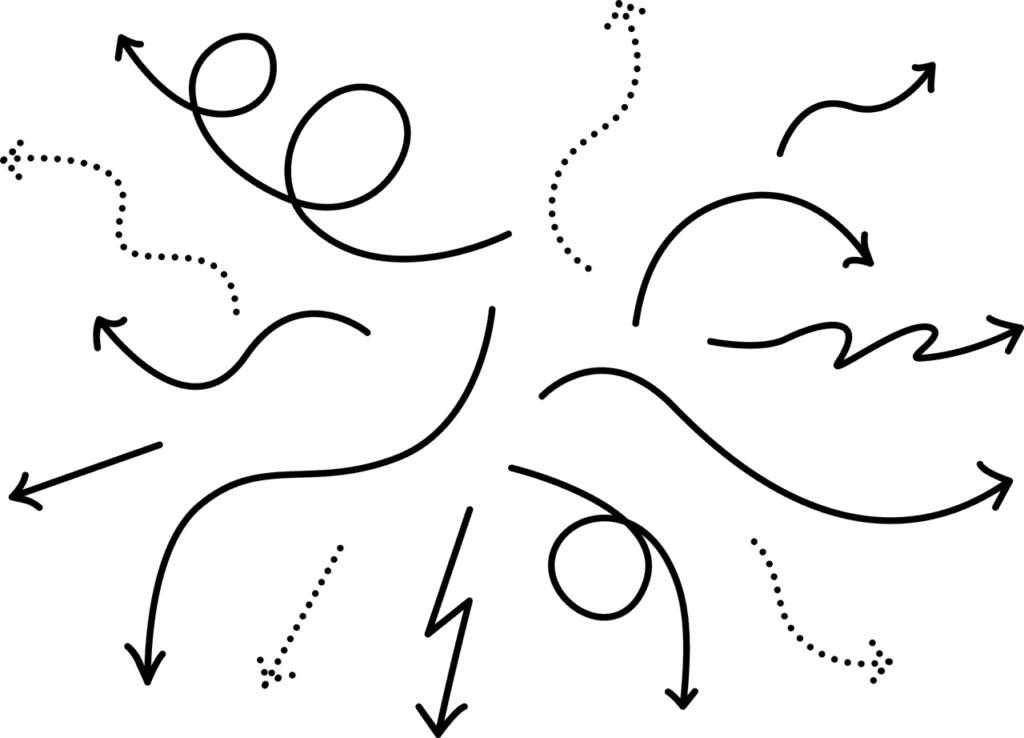
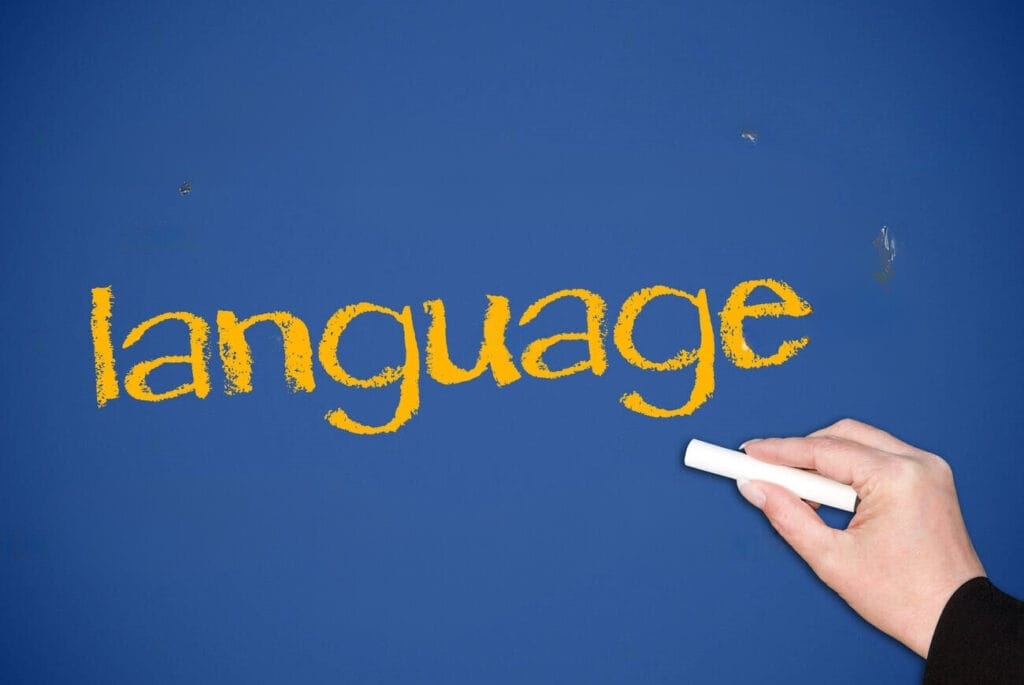
Understanding instructions (complex & multi-step): part 2
As we discussed in our last top tip, it is very important to help our children understand language and follow instructions. This sets them up for success in all aspects of their lives.
Once they have mastered the skill of following simple one-step instructions, we can make our commands more difficult by adding in more parts rather than asking them to do one thing at a time.
Multi-step instructions can be as simple as “open your bag andget your lunchbox” or as complex as “open your bag and get your lunchbox and pencil case out beforeyou come inside and read a book”.
We can use the simple instructions we mentioned in the last tip and use joining words to increase their length. These include:
- And g. “get your bag andcome sit inside”
- Beforeg. “write your name on the top of the page before you start answering the questions”
- Afterg. “cut the pictures in afteryou colour them in”
To make our instructions more complex we can use a combination of these joining words e.g. “Colour the pictures inbeforeyou cut them out andglue them in the boxes.
Some great games to play that will target following directions include Simon Saysand I Spy.

Using describing words to make longer sentences!
A great way to build a child’s vocabulary (words they understand and use) as well as sentence length is through our own models of language. The perfect opportunity we have to jump in and model language can be when our child makes a comment e.g. they say ‘a lion’ or ‘the bus is big’ when reading books, looking at pictures, watching movies or in everyday conversation.
If your child uses a phrase like ‘the bus is big’, you can model a longer sentence by describing other features of the bus. An example could be “the big yellow bus has lots of windows” or “the bus is long and yellow”.
It is important to follow a structured sentence e.g. the item is (size) (shape) (colour). It has (component names). It feels (texture words).
– Features you can describe are:
- Size (e.g. large, huge, long,
- Shape (e.g. round,
- Colour + Patterns (e.g. straight lines, swirly lines)
- Texture (what it feels like)
- Parts of the object (windows, doors, eyes, nose etc)
The most important part is to get creative and have fun with it!
A fun game to play is to choose 5-10 items from home and pop them in a bag. Have your child select an item from the bag as their target item to describe. You can help them as much or as little as needed. The more describing words they use the better!
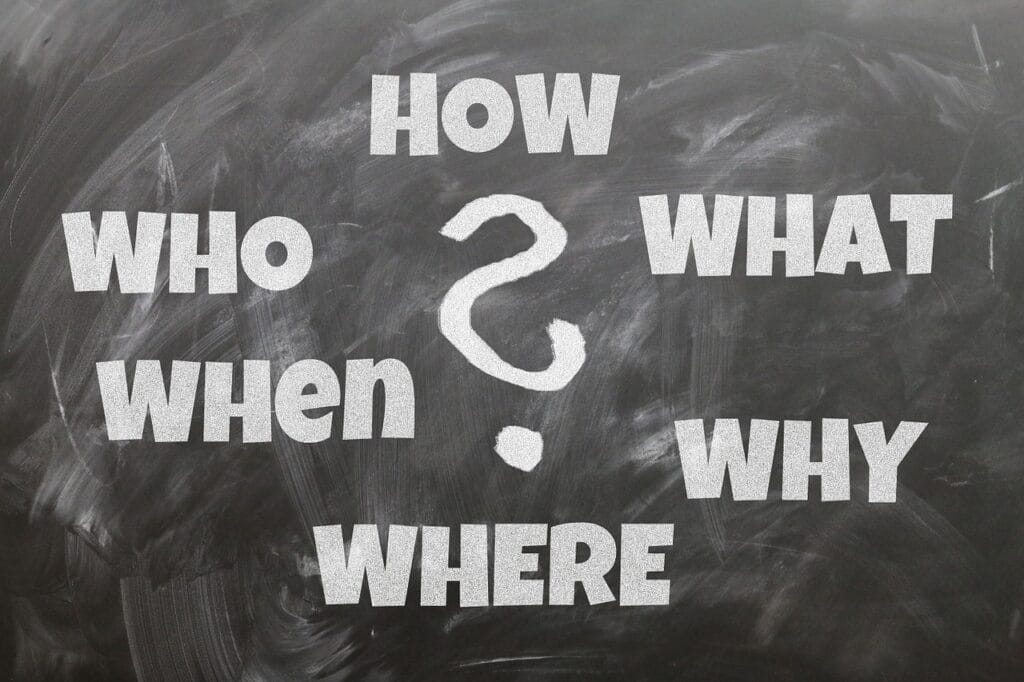
Reading and Print Awareness
Looking at books with your child is a great way to build their reading ability and a wonderful way to spend time with your child. It is important to set aside 20 minutes each day to read with your child.
Whilst reading the words on the page is a great start, it is also important to do the following things:
- Look at the front cover and find the author and illustrator’s name. These are the people who wrote the story and drew the pictures. You can explain this to your child by saying “the author wrote the story and the illustrator drew the pictures”
- Ask your child what they think the book might be about
- Point to the title of the book as you say it
- Point to the words as you say them
- Let them help you turn the page from right to left.
- Encourage your child to talk about the pictures and repeat the words, phrases and sentences they use.
- If they say a sentence incorrectly e.g. “the hat is blue for the boy”, it is important to model the correct sentence e.g. “the boy has a blue hat”.
- If you don’t feel your child can maintain attention for the entire book by reading word for word, it is okay to adjust the story to suit their needs.
- Try using funny noises and sounds!
- At the end of the book, ask some questions to emphasise the story and how you both felt about what happened.
- Enjoy the experience!
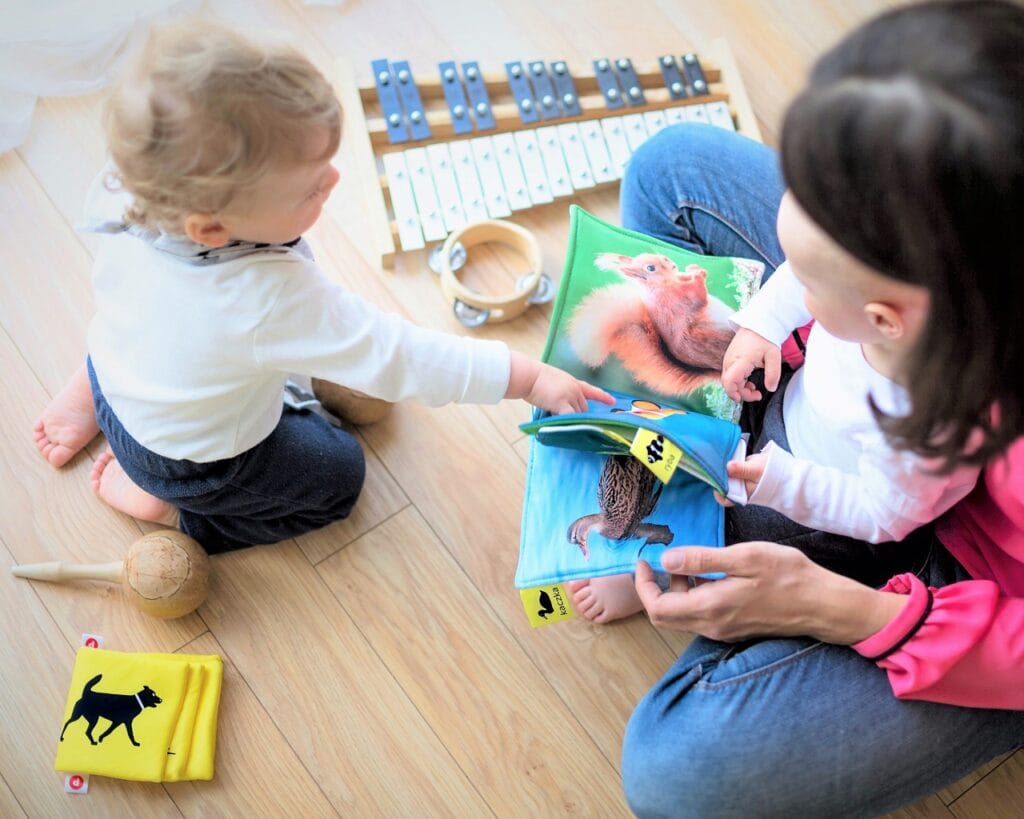
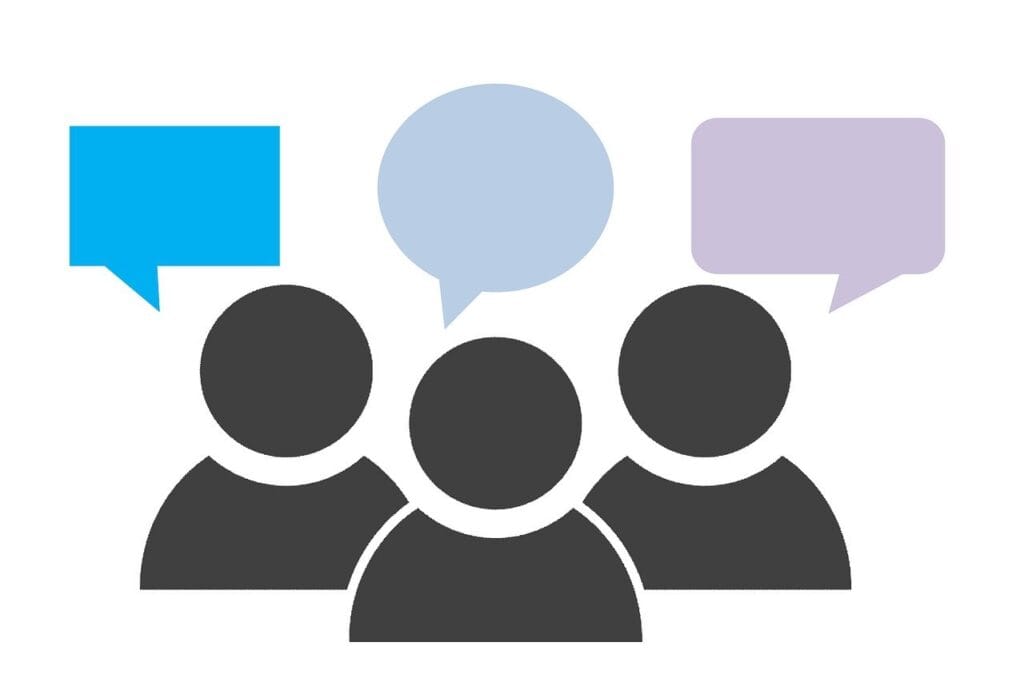
Promoting your child’s oral language
A great way to build your child’s vocabulary i.e. words they know and use, can be to talk about the groceries you are buying on your shopping trip. Here is a simple activity you can include as part of your routine:
- Talk about the items you need to buy
- Write your shopping list together
- Ask your child to choose 3 items they are responsible for finding e.g. carrots, bananas and bread
- When you arrive at the shops, read through the list one more time to highlight the items they need to find.
- As you pass through each aisle and find the things you need to buy, have a chat to describe them
- When they finish their shopping list, have your child make a sentence to talk about their items
- An example of this sentence is “the carrot is a long, hard, orange vegetable.
- Describing words can include size, shape, colour, feel and the group it belongs to.
